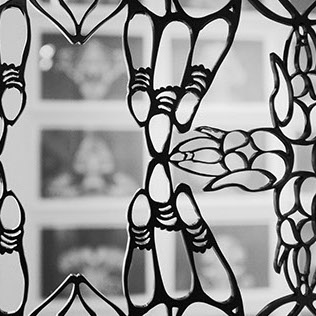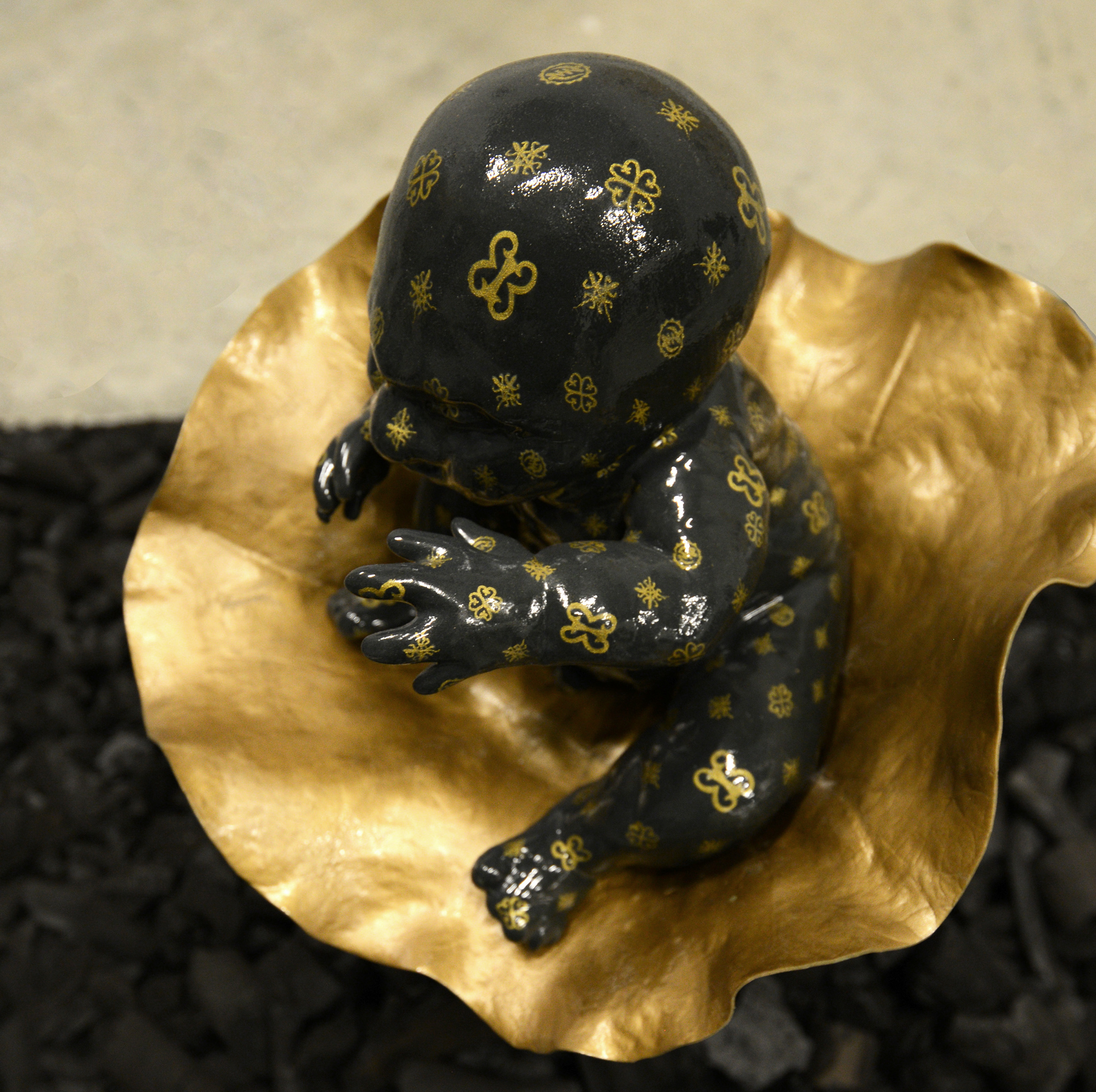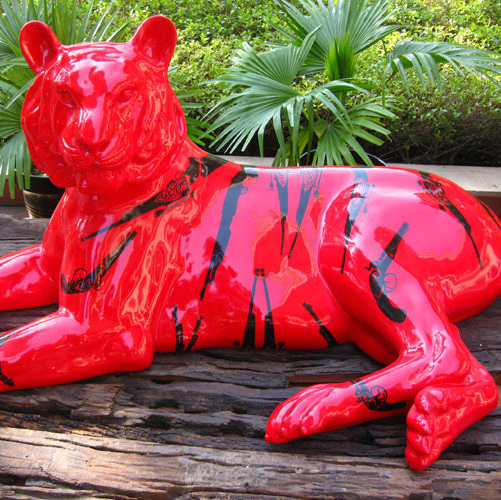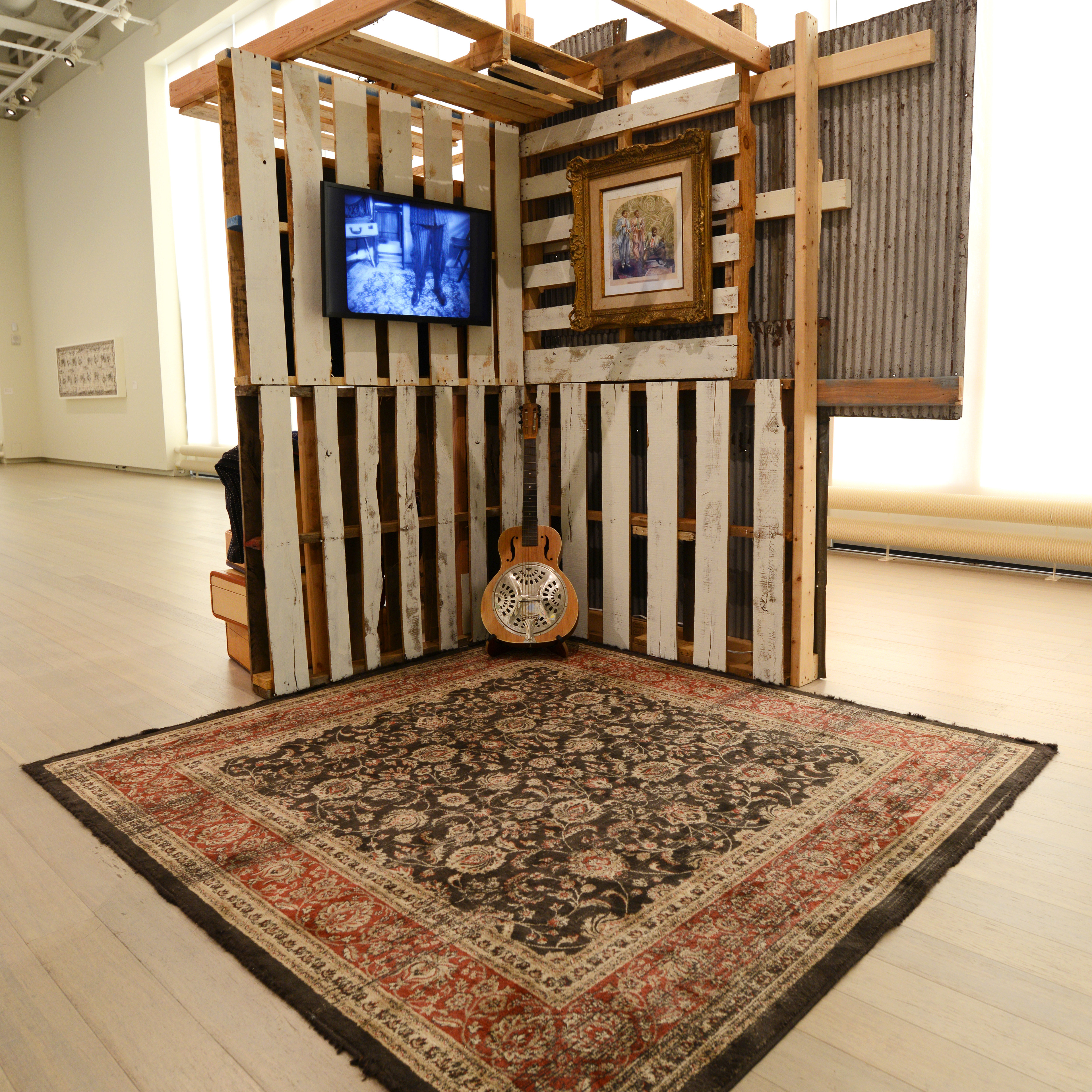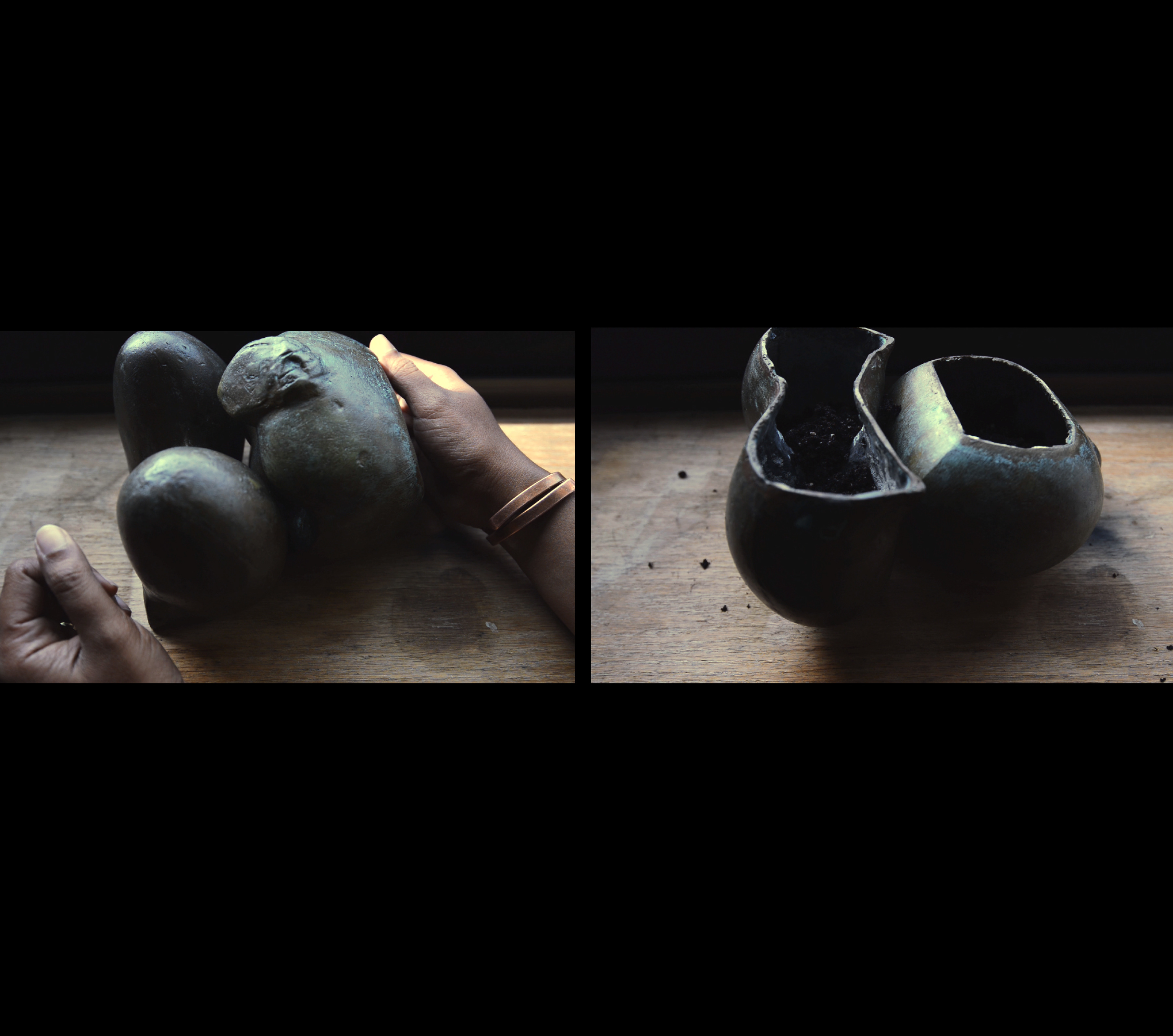2018
Site-specific installation
WaveHill, New York
Site-specific installation
WaveHill, New York
Curated by Eileen Jens Lynch
Drawing inspiration from the hedges at the east end of Wave Hill’s Aquatic Garden, similar formal elements are adapted in Paradise, where a gated,
paradisal formal garden is used as a metaphor for exposing the discrepancies in U.S. immigration policies. The installation explores the dichotomy of the sanctuary—its ability to protect as well as restrict and exclude.
paradisal formal garden is used as a metaphor for exposing the discrepancies in U.S. immigration policies. The installation explores the dichotomy of the sanctuary—its ability to protect as well as restrict and exclude.
With a gate barring the Sunroom’s main entry, visitors are redirected to enter through the Sun Porch, where they are further confronted by a low entrance and a high concrete wall. Within the constructed garden is a gravel path, faux grass and an artificial pool, which displays a slow-moving image of a night-blooming epiphyllum cactus flower at Wave Hill. A second epiphyllum flower is shown on a wall-mounted monitor. The recorded images are reminders of the surveillance that exists around us—the camera has captured a desirable moment and provided exclusive access. The installation further elicits questions about access, power and fetish within a multicultural and multi-class society.
In response to the United States as currently being the global leader in asylum requests, the work subverts the notion of the American dream, which remains
a reality despite the current, tense, political climate around race, religion and nationality. The origin of the word paradise as deriving from the Old Iranian pairi-daêza meaning “walled enclosure” is evoked here. The word remains a popular signifier for sanctuary—a welcoming, harmonious safe space—for select groups seeking asylum in the US. In the Sunroom, the outer graffiti wall comprises wheat-pasted images and stories of conflicts encountered by DACA recipients and other immigrants. Visitors are invited to contribute during the participatory event on July 14.
a reality despite the current, tense, political climate around race, religion and nationality. The origin of the word paradise as deriving from the Old Iranian pairi-daêza meaning “walled enclosure” is evoked here. The word remains a popular signifier for sanctuary—a welcoming, harmonious safe space—for select groups seeking asylum in the US. In the Sunroom, the outer graffiti wall comprises wheat-pasted images and stories of conflicts encountered by DACA recipients and other immigrants. Visitors are invited to contribute during the participatory event on July 14.
